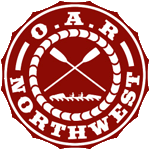Daily Update 2.6
Week 3: Module 2: Date 2/20/13
The Vikings have probably the most iconic design of any of the ancient ships. The Longship was the dominant ship for 3 centuries from 800-1100 A.D.

The Vikings were great ship builders and were known to have developed many other types of ships. They constructed large cargo ships, called knörrs or knarrs, used for transporting goods around their colonies.
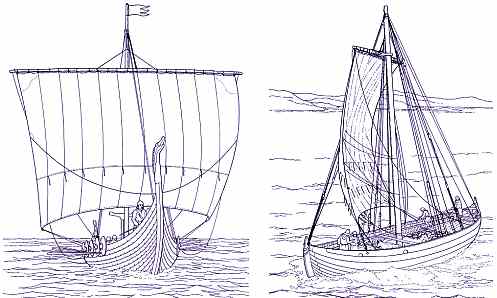
The defining feature of the Viking ships was the clinker or lapstrake style build, in which the planks are laid in an overlapping fashion. The largest known longship was found to be 32.6 meters (119 feet) and have space for 72 oars and 100 crew. It just had a single mast with a sail of over 185 square meters (2000 ft2).
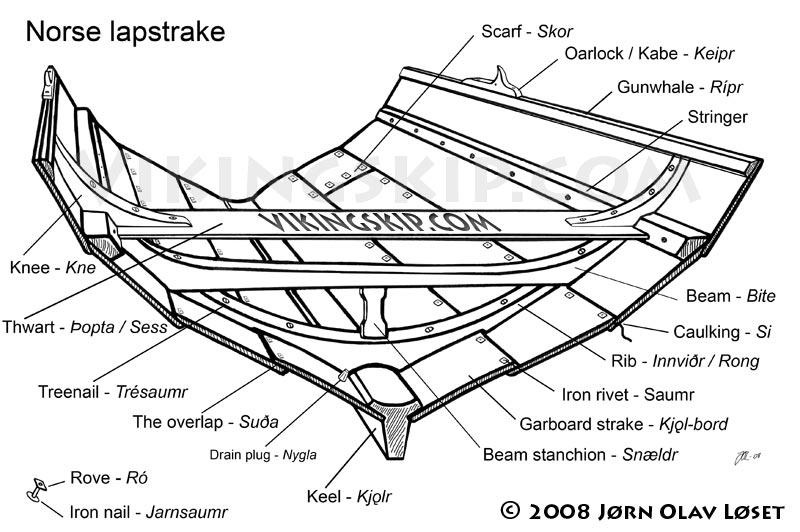
For a great deal more information on Viking ship building check out this site: http://home.online.no/~joeolavl/viking/norse-shipbuilding.htm
The unifying feature of ships into the 1300’s, in Europe and throughout the Mediterranean is the single mast and sail. While they were using one mast and sail they were using it differently. In the Mediterranean the lateen sail was used while in northern Europe the square sail was predominant until the 14th century. The lateen sail is basically a triangle mounted on the mast at an angle and running from bow to stern. The dhow was the popular ship in the Mediterranean and Indian ocean with the lateen sail.

There is some debate as to who, in Europe and Africa, first started building ships with multiple masts. What is known is that by the early 1400’s ships with 2, 3, and 4 masts are the norm with some having upwards of 8 sails. This was a time of rapid development in maritime technology, which coincided with the rapid geographical expansion of the Europeans. There were two main types of ships in this time period: the caravel and the carrack. The caravel was the faster ship used for exploring, Columbus sailed three and it is likely that this is a similar design to any Muslim ship from the same era. The carrack was bigger and was more for trading and carrying goods.
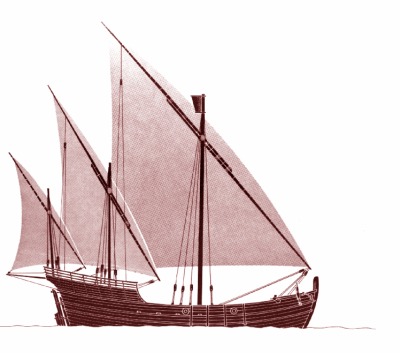

These ships gave way to the galleon in the mid 16th century and would rule the seas until the 1800’s. The main difference between the carrack and the galleon was that the fore deck was removed leaving the stern much higher than the bow, which increased speed.
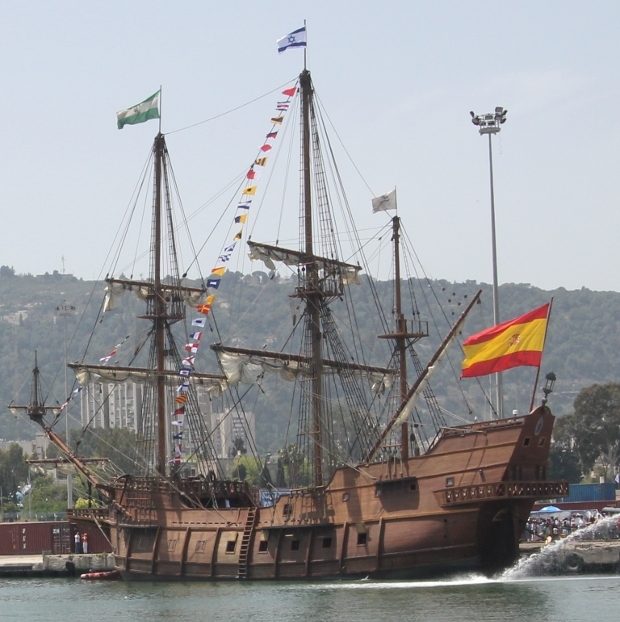
It was in the mid 1800’s when the ships began to change drastically, mainly as a result of the influence of the Industrial Revolution. Steam power and the availability of steel and iron completely changed what ships were and allowed the entrance into the modern era of boat building. There were many other types of ships throughout history that we didn’t mention. Can anyone else name a few?
Sources and more information:
http://www.historyworld.net/wrldhis/PlainTextHistories.aspgroupid=111&HistoryID=aa14>rack=pthc http://www.iro.umontreal.ca/~vaucher/Genealogy/Documents/Asia/asiaShips.html http://www.pbs.org/wgbh/nova/ancient/viking-ships.html http://www.hurstwic.org/history/articles/manufacturing/text/norse_ships.htm
